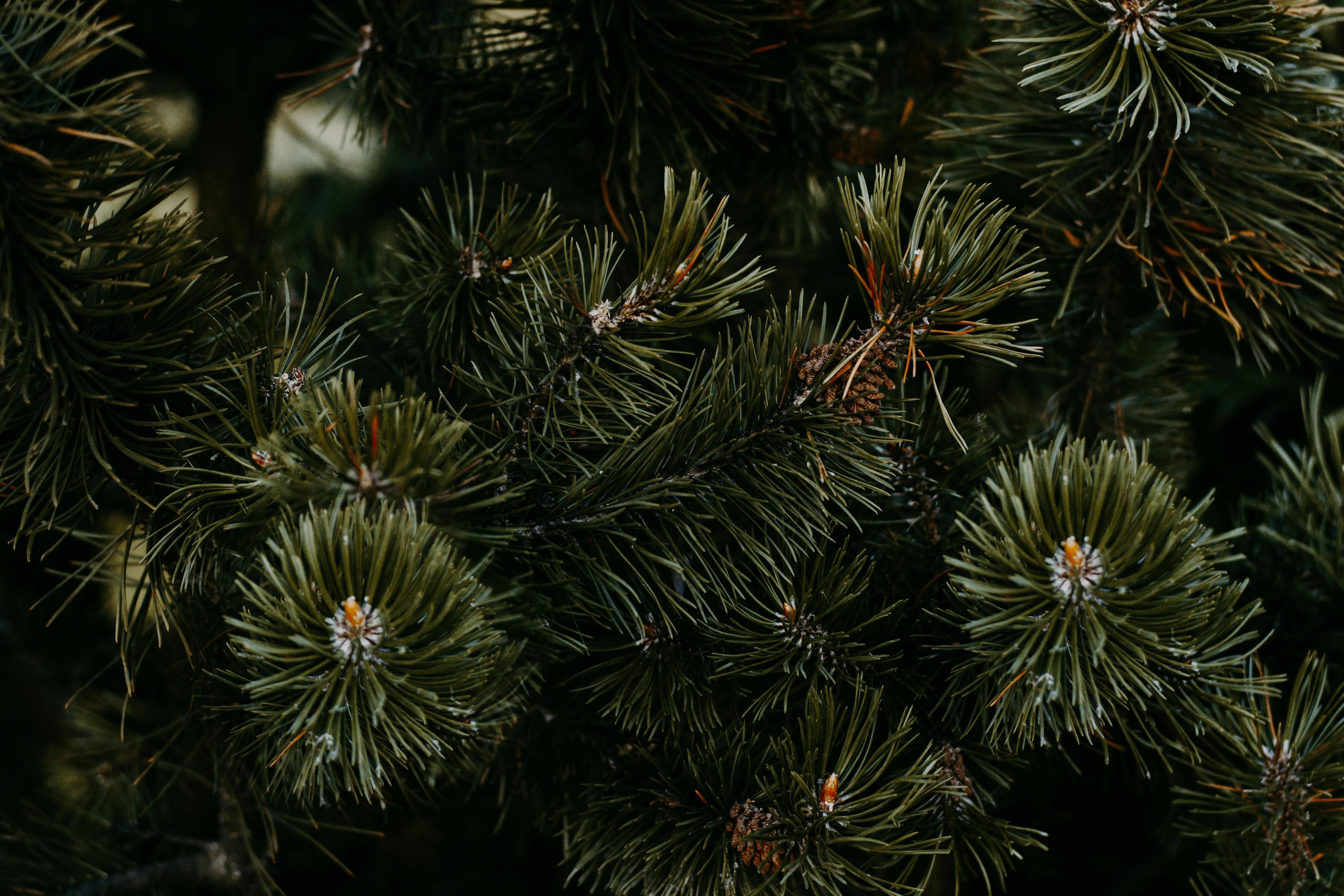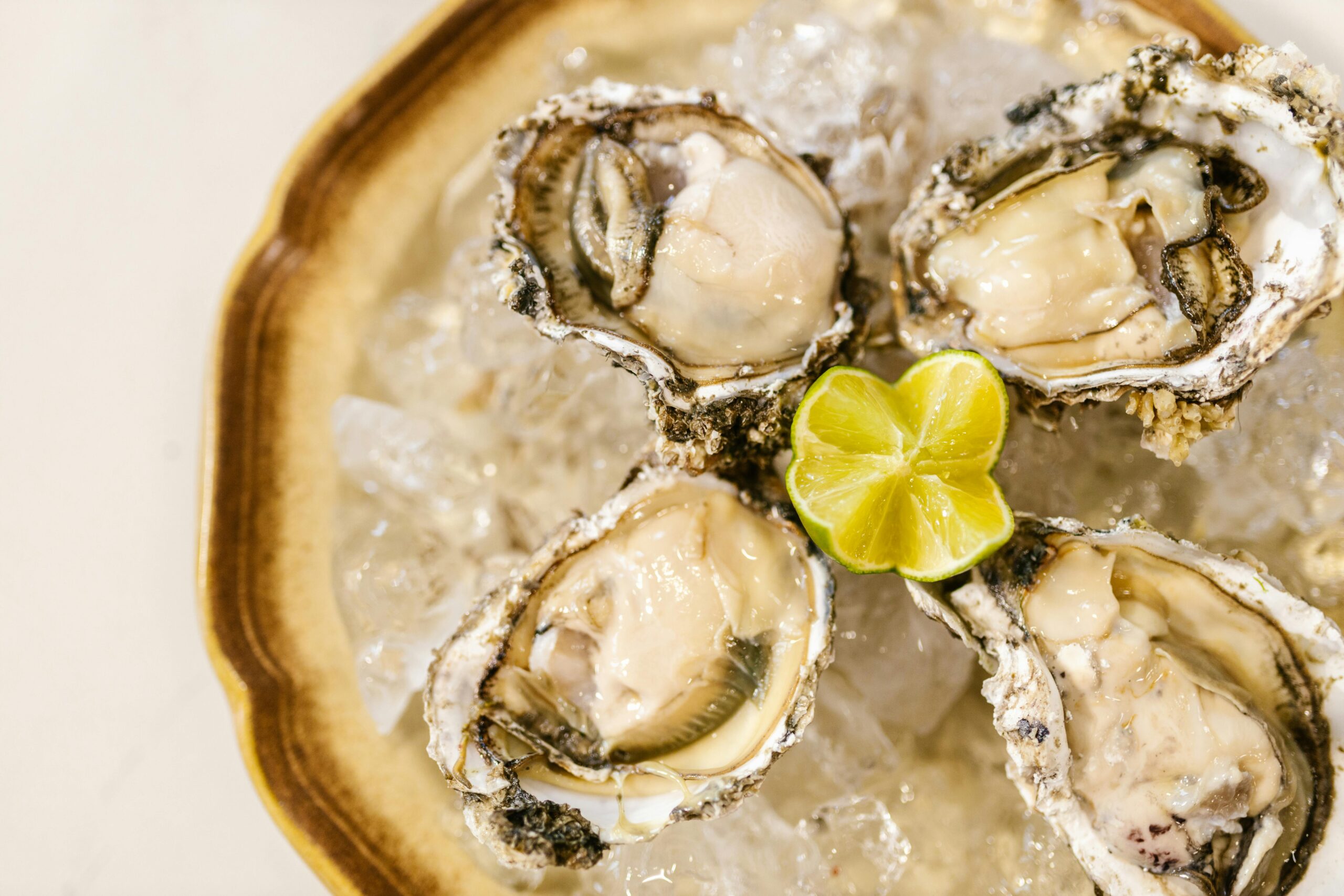Are Clams Alive? Understanding Their Biology, Behavior, and Role in Ecosystems
Introduction to Clams and Their Importance
Clams are captivating marine animals that belong to the class Bivalvia, a group of mollusks known for their unique anatomical features and ecological significance. These fascinating creatures have a hard shell that encases their soft bodies, allowing them to survive in varying environments, including the ocean floor and freshwater habitats. Understanding whether clams are alive is just the beginning of diving into their complex life cycles, behaviors, and roles within marine ecosystems.
The interaction of clams with their surroundings not only contributes to the health of their ecosystems but also offers several benefits to humans. From culinary delights to ecological contributions, clams hold a unique position on our planet. This article will explore topics including the life cycle of clams, types of clams, their habitats, and their behavior. We will also touch on their health benefits, how they interact with humans, and even their potential as pets!
Let’s embark on this journey to unveil the world of clams and appreciate their significance in the marine environment.

Key takeaways include an understanding of clam biology, their various habitats, and their ecological roles. As we delve into this intriguing topic, you will gain insights into the vibrant life of clams and their interactions with humans and the environment.
Essential Guide to Clams’ Anatomy and Biology
To appreciate how clams function, it’s important to understand their anatomy and biological characteristics. Clams possess a two-part shell, known as a bivalve shell, consisting of two hinged halves that can open and close. This structure is vital for protection against predators while allowing clams to filter feed. Additionally, clams have gills that are essential for respiration and feeding, highlighting their unique physiology.
Clams generally use a siphon to draw in water, filtering out nutrients and expelling excess water. This feeding mechanism demonstrates their role as filter feeders, contributing to water quality in their habitats. When discussing clam anatomy, one notable feature is their foot, a muscular part that helps them burrow into substrate — vital for clams in sandy and muddy environments.
In terms of reproduction, clams can reproduce sexually, with many species releasing sperm and eggs into the water, leading to free-swimming larval stages. Understanding clam reproduction cycles is key to their survival and population management, especially in aquaculture settings. To better grasp clam biology, check out this link for an in-depth exploration of clam species and their distinct features.
Life Cycle of Clams: From Larvae to Adult
The life cycle of clams is fascinating, comprising several stages. It begins with fertilization, followed by the development of free-swimming trochophore larvae, which eventually metamorphose into veliger larvae. This larval stage is critical for dispersal, allowing clams to colonize new areas before settling down. Once they find suitable substrates, they develop into juvenile clams.
As they mature, clams transition into adulthood, where they reach sizes suitable for harvesting and consumption. Overall, the life expectancy of clams ranges from several years to decades, depending on the species and environmental conditions. For more detailed insights on clams’ life stages, their impact on local ecosystems, and how human activities affect them, refer to this article.
Types of Clams and Their Habitats
There are many types of clams, each adapted to specific environments. For instance, hard-shell clams, soft-shell clams, and geoducks are popular among seafood enthusiasts. The diverse species inhabit various locations, including sandy beaches, tidal pools, and offshore waters. Their habitats are crucial for their survival, and understanding them helps inform conservation efforts.
Clams thrive in diverse marine ecosystems because of their ability to adapt. For instance, some clams can tolerate varying salinity levels, allowing them to inhabit both saltwater and freshwater environments. This adaptability not only contributes to their range but also emphasizes their ecological role in moderating water quality and providing food for other marine life.
Beyond their ecological significance, clams also play an essential role in aquaculture. Their farming not only supports local economies but promotes responsible harvesting methods, ensuring that clam populations remain sustainable. This will be further discussed in the section on clams and aquaculture.
Exploring Clams’ Behavior and Interactions
Clam behavior is intriguing, particularly regarding their feeding habits and social interactions. Primarily, clams are filter feeders, consuming phytoplankton and organic matter from water, and as they filter, they also play a vital role in maintaining water clarity and quality. Their ability to regulate their feeding based on environmental factors showcases their adaptability and contribution to their ecosystems.
Unlike many marine animals, clams do not exhibit complex social behaviors. However, they can sense vibrations and changes in their environment, which play a crucial role in their survival. Clams have been observed reacting to potential threats by closing their shells tightly — a response that ensures their safety from predators.
Additionally, their interaction with humans is significant, as they are harvested for food and play roles in various culinary traditions around the globe. The preparation and cooking of clams, such as steaming or using them in sauces, highlight their versatility and importance in gastronomy.

To better understand clams and their interactions with humans, let’s delve into the health benefits they provide and how they contribute to coastal economies.
Understanding Clams’ Role in Humans’ Lives
Clams have become integral to human diets and coastal economies. They are a source of protein, providing essential nutrients that benefit human health. For instance, clams are rich in vitamins and minerals, including iron, zinc, and omega-3 fatty acids, enhancing overall well-being.
Moreover, clams are often featured in culinary practices, with many dishes celebrating their unique flavors. Popular dishes include clam chowder and linguine with clam sauce, showcasing their versatility in the kitchen. Understanding the culinary uses of clams allows chefs and home cooks to explore innovative ways to incorporate them into meals.
However, it is crucial to address the environmental impact of clam harvesting. Sustainable practices must be implemented to protect clam habitats and ensure their populations continue to thrive. Awareness of cooking methods, purchasing regulations, and environmental conservation will aid in making responsible decisions when it comes to clams.
Conservation and Sustainable Practices for Clams
The conservation efforts surrounding clams are vital as human activities present challenges to their populations. Overfishing, habitat destruction, and climate change threaten the existence of various clam species. Thus, sustainable harvesting techniques and habitat conservation measures have become imperative in maintaining healthy clam populations.
Clams serve as indicators of environmental health, as their presence and abundance reflect the quality of marine ecosystems. Engaging in responsible clam farming and harvesting practices not only supports the economy but also promotes biodiversity and ecosystem resilience. Regular monitoring of clam populations and their habitats helps inform future conservation strategies.
As consumers, understanding the importance of sustainably sourced clams allows individuals to make informed choices when purchasing seafood. Supporting local fishermen who adhere to sustainable practices encourages the continued health of clam habitats.
Q&A: Understanding Clams and Their Ecology
Here are some common questions regarding clams and their place in the ecosystem, exploring their lives and interactions with humans:
1. Do clams feel pain?
Clams do not have a centralized nervous system like mammals; instead, they have a simple nerve net. While they can respond to stimuli, the scientific consensus is that they do not experience pain in the way humans do. Instead, they exhibit protective behaviors, such as closing their shells under threat.
2. What do clams eat?
Clams are filter feeders, primarily consuming phytoplankton, detritus, and organic matter from the water. They intake water through their siphons and filter out the particulates using their gills.
3. How long do clams live?
The lifespan of clams varies by species, with some living for just a few years while others, like geoducks, can live for over 100 years. Environmental conditions and predation can significantly influence their life expectancy.
4. Where do clams typically live?
Clams are found in a variety of habitats, such as sandy and muddy bottoms of oceans and freshwater rivers. They prefer environments that provide ample food sources and suitable conditions for burrowing.
5. How do clams contribute to their ecosystems?
Clams play an essential ecological role as filter feeders, improving water quality and clarity. They also serve as a food source for various predators, contributing to biodiversity and the health of food webs.
Overall, whether clams are viewed as food, ecological partners, or even potential pets, their existence enriches marine life and human culture alike. Their fascinating biology, unique behaviors, and essential ecological roles continue to make them a subject of interest and respect in both science and culinary traditions.
